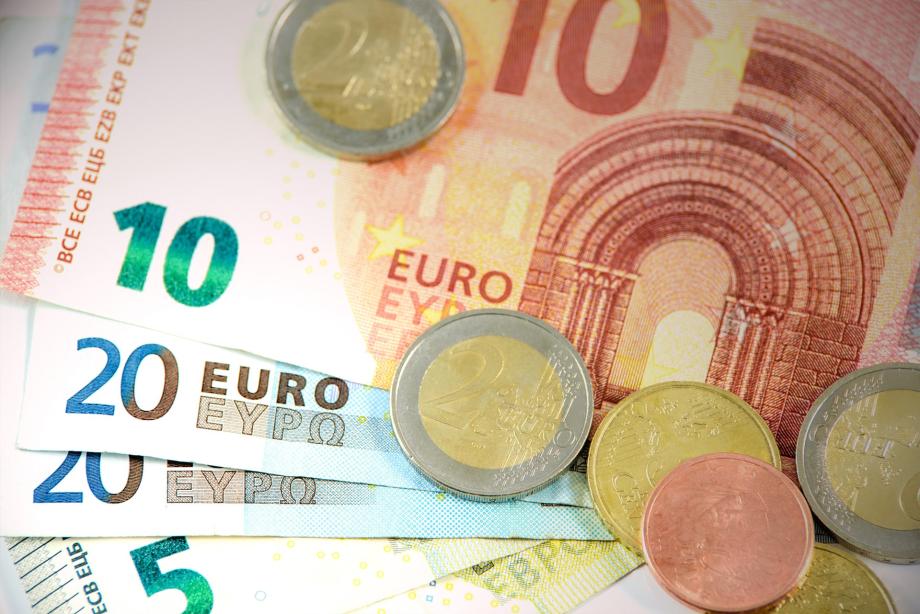May the Mass Start Begin: The Making of the New EU Budget

On 23 February, heads of states and governments (minus the UK) met for an unofficial summit in Brussels, partly to discuss the new long-term EU budget (the Multiannual Financial Framework after 2020). The EU Council President Donald Tusk called it a “brainstorming” session. Behind this innocent terminology, however, was the start of a long biathlon competition among EU member states.
Issues and options at hand
There are two main issues to be resolved. First, the UK’s departure from the EU in 2019 means that their budget contributions will cease for the 2020-2026 financial framework. The UK is among the highest net contributors to the current EU budget. Some experts claim that the EU will be losing up to 12 billion euros per year. This is a sizable hole that cannot be ignored or brushed aside.
At the same time, the priorities set for the 2014-2020 EU budget do not correspond to today’s developments. The world and the EU has changed dramatically since 2014. New developments, including the large migration influx and increased terrorist attacks have prompted EU leaders to recognise the need for adjustments to budget priorities. Any adjustment, however, will also lead to some regions and member states that gaining more resources at the expense of others.
These issues yield two possible scenarios:
- Option 1: shrink the budget and re-align priorities
- Option 2: fill the hole/ increase the budget with more contributions from the rest of the EU and re-align priorities (favoured by the European Commission)
This complicated combination between numbers and the content of the budget is nothing new. However, the burden from Brexit has put extra pressure on EU institutions (including the European Commission) and heads of state.
Who’s skiing, who’s shooting?
Most of the discussion on Friday focused not on the numbers but on the new priorities post- 2020. One would assume that tackling this issue might be less controversial. Indeed, both the Commission President Jean-Claude Juncker and the Council President Donald Tusk confirmed that the debates were unified in principle. The new priorities ought to include defence, security, migration and innovation. While it is easy to imagine that each member state is interested in more funding for these priorities, the elephant in the room stands—what would this mean for the Common Agricultural Policy (CAP) and Cohesion funds (which make up about 70% of budget allocations in the current financial framework).
The issue of numbers was nevertheless on the minds of all leaders. The EC’s proposal for increased contributions from member states to the future budget has already drawn Austria, the Netherlands, Sweden and Denmark to team up in opposition. Finland, their usual ally, has conditionally agreed to the proposal. The other 14-15 member states have teamed up to support the EC proposal.
The teams are set, and the start has been given. During this Council meeting the leaders carefully skied behind each other sizing the possible future overtaking maneuvers. The initial timeframe urged by the European Commission to make a decision before the May 2019 European Parliament elections was simply dismissed by the biathletes (the member states). This process will not be a sprint.
So let’s not kid ourselves. After the opening laps the leaders will one by one start approaching the shooting range. How successful each will be in assuring their interests are considered (in numbers and priorities) will depend on complex negotiations, tit-for-tat concessions and the ability to forge powerful alliances.
Germany, for example, has already fired its first shot. The new budget will be set under the principle of “conditionality.” In other words, the suggestion is for funds to be linked to solidarity in hosting migrants, following rule of law, etc. The response of others on the shooting range will soon follow.
What’s in it for Slovakia?
As a net receiver, Slovakia should strive to get deep into the race. This will necessitate careful maneuvering during the skiing laps and clean shooting on the range. Just last week, Slovakia’s most senior politicians stood next to each other and kicked off the National Convention on the Future of Europe (#MySmeEU). Their message was clear — Slovakia is part of the EU.
In his speech, Prime Minister Robert Fico outlined the tactics for the skiing laps — move with those team members that also see the completion of the Eurozone, defence and security (control of migration) as their priorities. In the meantime, as new priorities have emerged, there will be no real certainty that the current levels of CAP and cohesion funds will remain, but fairness will be expected.
But what kind of bullets will Slovakia be using at the range? Very early on, the country joined the team of member states that agree to pay more into the future budget. This should not be a surprise for anyone. For net receivers, more contributions to the budget will lead to higher returns — one way to provide some protection for Cohesion funds.
It is, however, the idea of “intelligent cohesion” that is expected to be one of the strongest propositions (bullets) made by the Slovakian government. Therefore, instead of asking for more funds, Slovakia will accept if more flexibility and freedom of use is attached to the allocated funds. Surely, as the concept is being developed more ammunition will follow. What will be the response of the fellow biathletes and EU institutions?